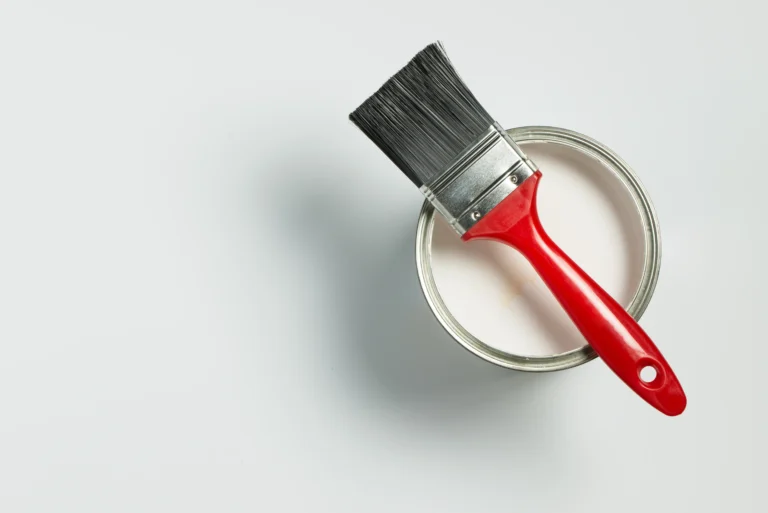When working on a DIY project, furniture refresh, or quick curb appeal upgrade, spray paint often feels like the perfect solution. But a common and crucial question arises: how long does spray paint take to dry? The answer can vary more than many expect, depending on the type of paint, material being sprayed, weather conditions, and application method.
While spray paint offers speed and convenience, drying time plays a critical role in determining whether your project finishes flawlessly or ends up sticky, uneven, or marred by fingerprints. Knowing the actual drying timeline ensures you don’t rush the process and can confidently move on to recoating or handling your finished piece.
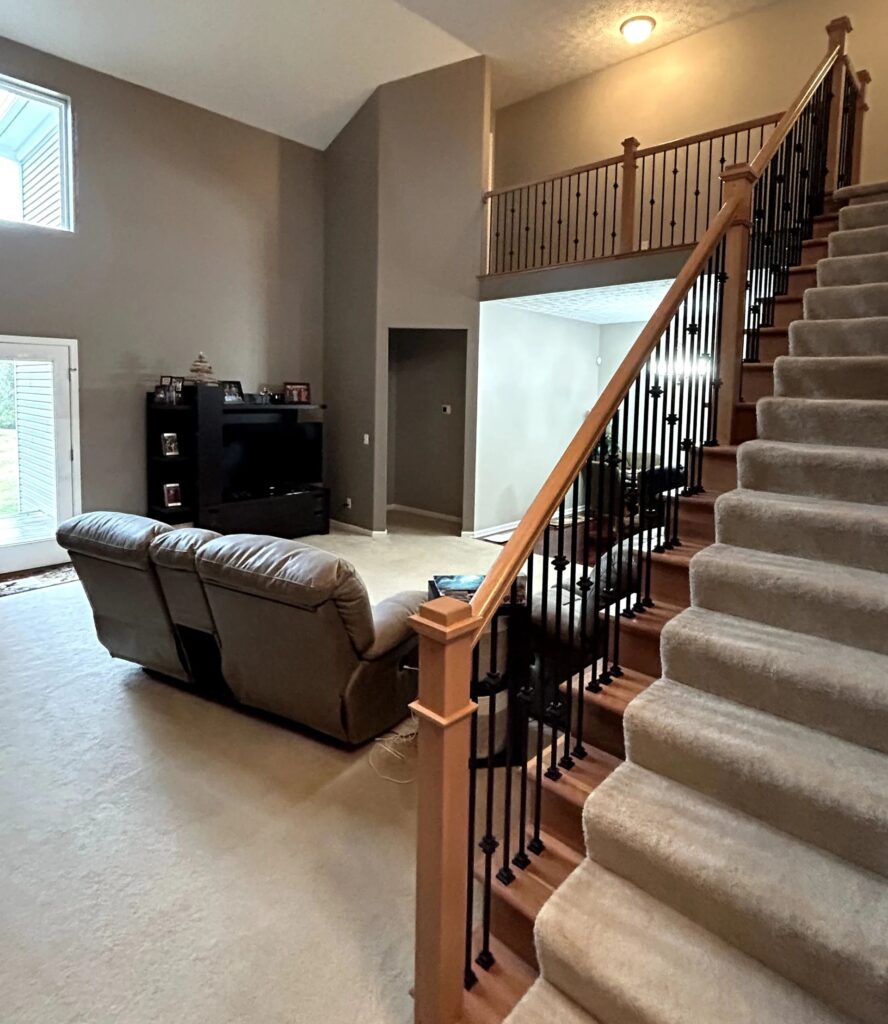
The Four Stages of Spray Paint Drying
Understanding how long spray paint takes to dry starts with grasping the four distinct phases of the drying process:
- Surface dry – When the solvent on the surface begins to evaporate, the paint may feel dry to the touch, usually within 10 to 30 minutes.
- Touch dry – The paint can be lightly touched without smudging, generally occurring around 30 minutes to 1 hour.
- Hard dry – The paint starts to harden and loses tackiness, often achieved in 2 to 4 hours.
- Fully cured – The paint reaches maximum durability and chemical stability, a process that can take 24 to 48 hours, or longer depending on the product.
Even when paint feels dry on the surface, it doesn’t mean it’s ready for handling or layering. Jumping ahead too soon can cause bubbling, wrinkling, or peeling.
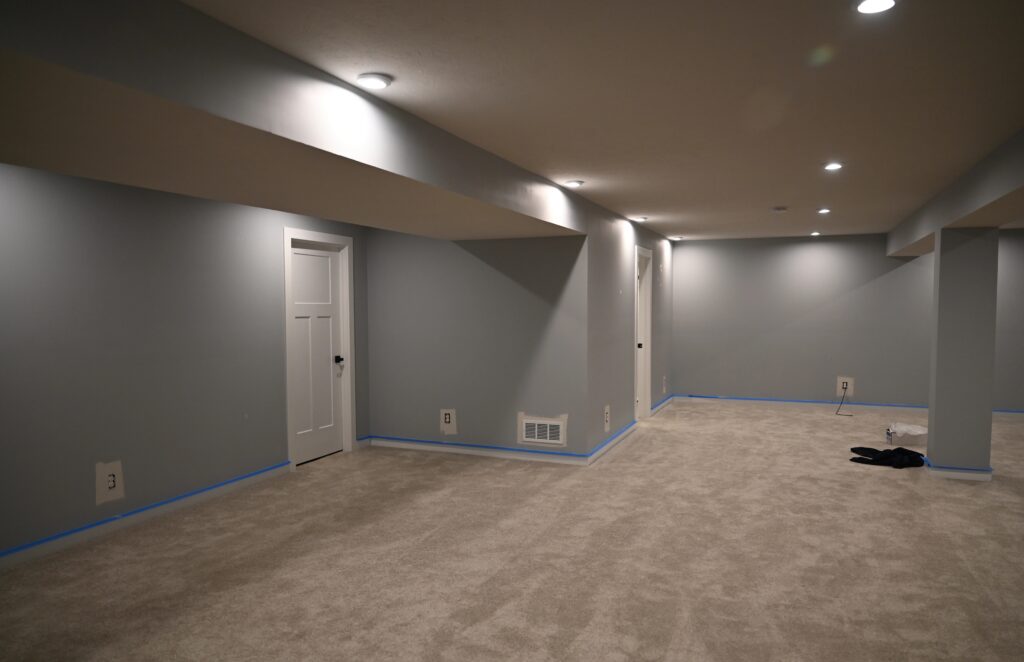
Factors That Influence Spray Paint Drying Time
Several environmental and material-based variables affect how quickly spray paint dries.
Type of paint plays a significant role. Most spray paints are either acrylic-based, enamel-based, or lacquer-based. Acrylic and enamel spray paints typically dry faster than oil-based options, with lacquer drying the quickest due to its unique solvent composition.
Surface material also affects drying time. Porous materials like untreated wood or cardboard absorb paint more quickly and tend to dry faster. Non-porous surfaces like metal, plastic, or glass may take longer to dry and require longer cure times.
Environmental conditions including temperature, humidity, and airflow are major influences. Warmer, drier air speeds up solvent evaporation. On the other hand, cold or humid conditions significantly slow the drying process. A space between 65°F and 85°F with low humidity and good airflow is ideal.

Spray Techniques and Their Impact
The method of application can dramatically affect how long spray paint takes to dry. Thin, even coats dry much faster than thick or overlapping layers. The common recommendation is to apply multiple light coats rather than one heavy one.
Holding the can at the proper distance (usually about 8 to 12 inches) and moving it consistently prevents pooling or dripping, both of which prolong drying.
Using a primer can help too. Primer not only improves adhesion and color coverage but also reduces the paint’s tendency to absorb unevenly, resulting in a smoother, faster drying process.
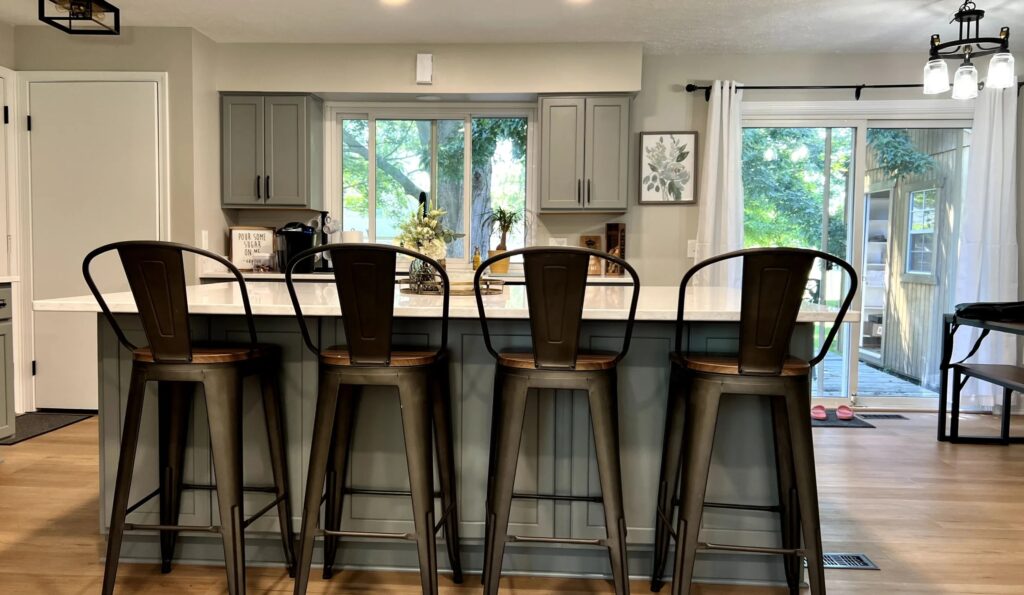
Material-Specific Drying Times
While general guidance is helpful, drying time can vary significantly depending on what you’re painting:
- Wood: 30 minutes to 1 hour for touch dry; 24 hours to cure
- Metal: 10 to 30 minutes for touch dry; up to 48 hours to cure, depending on ambient temperature
- Plastic: Varies widely; some paints are formulated specifically for plastic with faster drying times
- Glass/Ceramic: 1 hour or more for touch dry; several days to cure
It’s important to check the spray paint label for exact recommendations, as manufacturers often provide detailed timelines for both recoating and full curing.
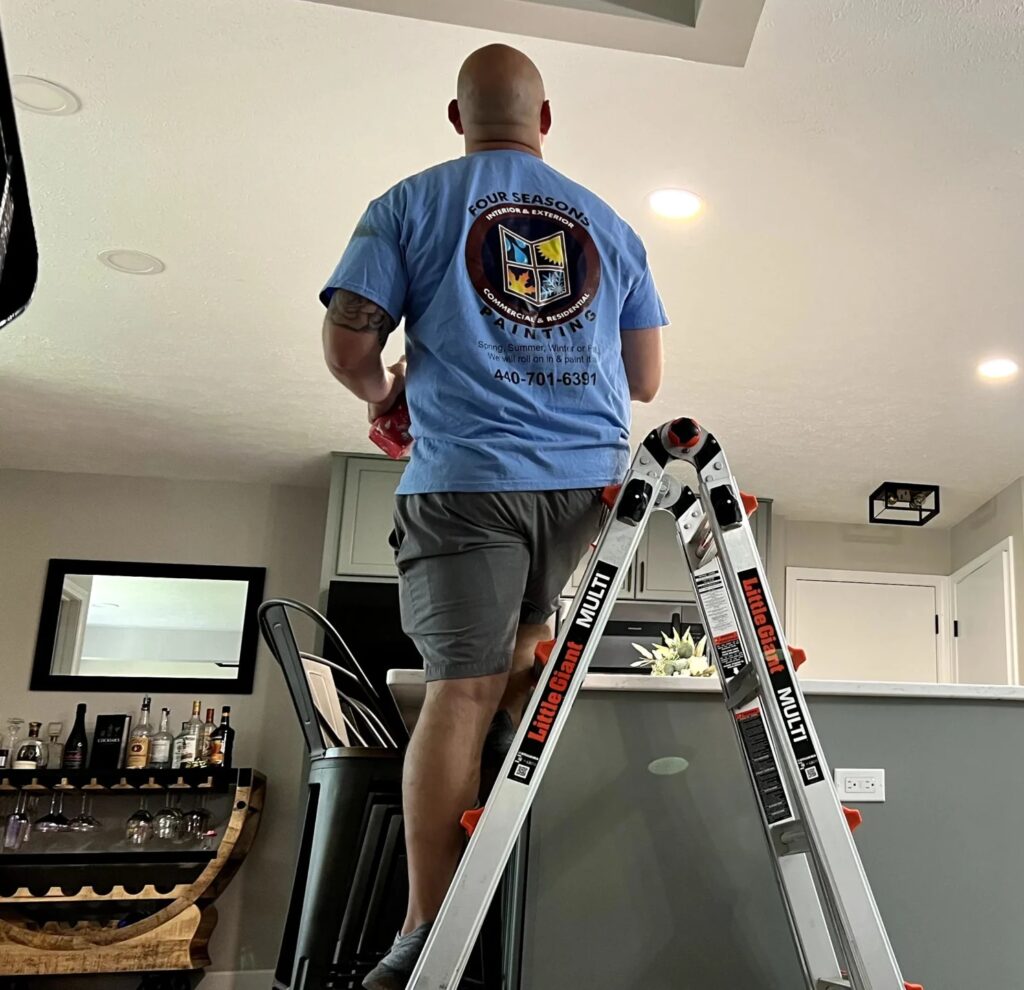
Recoating Guidelines
Spray paints generally include a window for safe recoating, often either within one hour or after 24 hours. Applying another coat outside this window may lead to cracking or bubbling. This is especially true for enamel-based paints.
If you’re unsure, lightly testing a small, inconspicuous area before recoating can prevent larger issues.
Curing for Durability
While the paint may feel dry in a short time, it’s not truly durable until it cures. Curing is the process in which solvents fully evaporate and the paint hardens to its final form. During this time, avoid heavy handling, stacking, or exposure to water.
For surfaces like furniture or outdoor items, giving the paint 48 to 72 hours to fully cure ensures it will stand up to wear, weather, and UV exposure.
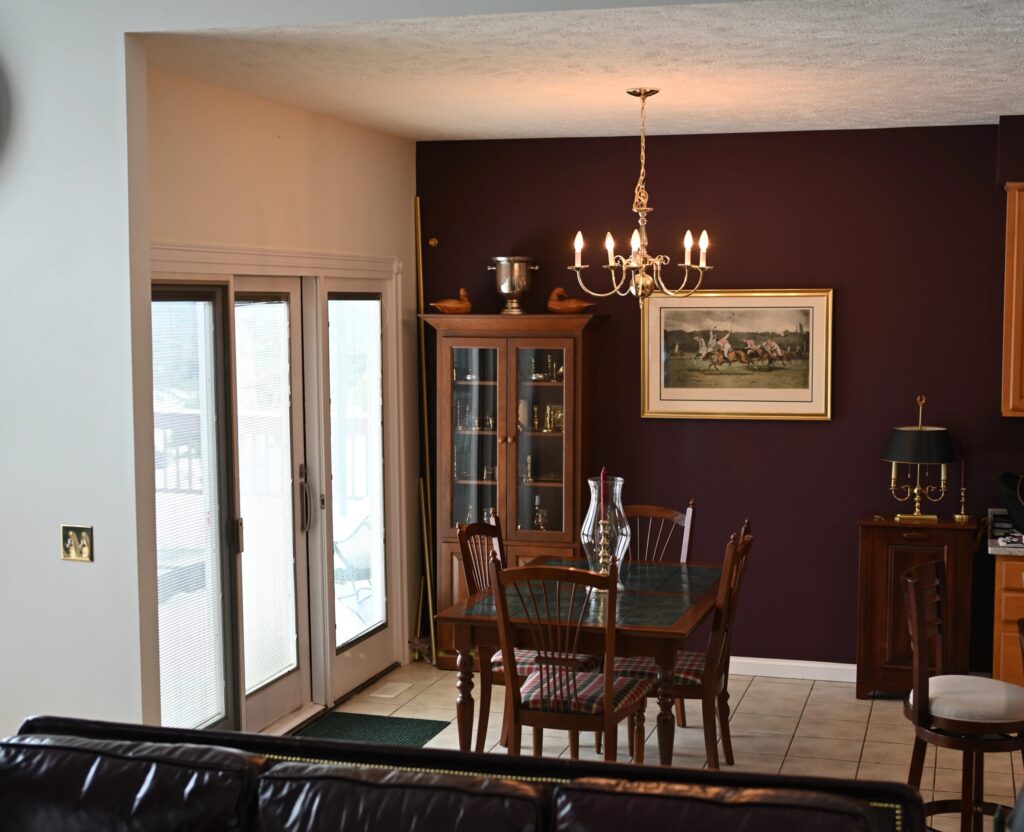
How to Speed Up Spray Paint Drying
If you’re under a deadline, several strategies can help you dry spray paint more quickly without compromising the finish:
- Work in a warm, dry, and well-ventilated space
- Use a fan to promote air circulation
- Apply thin, even coats
- Use fast-drying spray paint products, often labeled as “quick dry” or “rapid cure”
- Use a drying rack or elevate your project to allow airflow underneath
Always avoid rushing with heat sources like hair dryers or heat guns, as uneven heating can cause blistering or deform the paint.
Safety Considerations
Spray paint contains volatile organic compounds (VOCs) and other chemicals that can pose health risks if used improperly. Always spray in a well-ventilated area, preferably outdoors or in a space with a fume extractor or open windows.
Wearing a mask, gloves, and protective eyewear is recommended to reduce inhalation or skin exposure. After your project, safely store or dispose of empty spray paint cans following local hazardous waste guidelines.
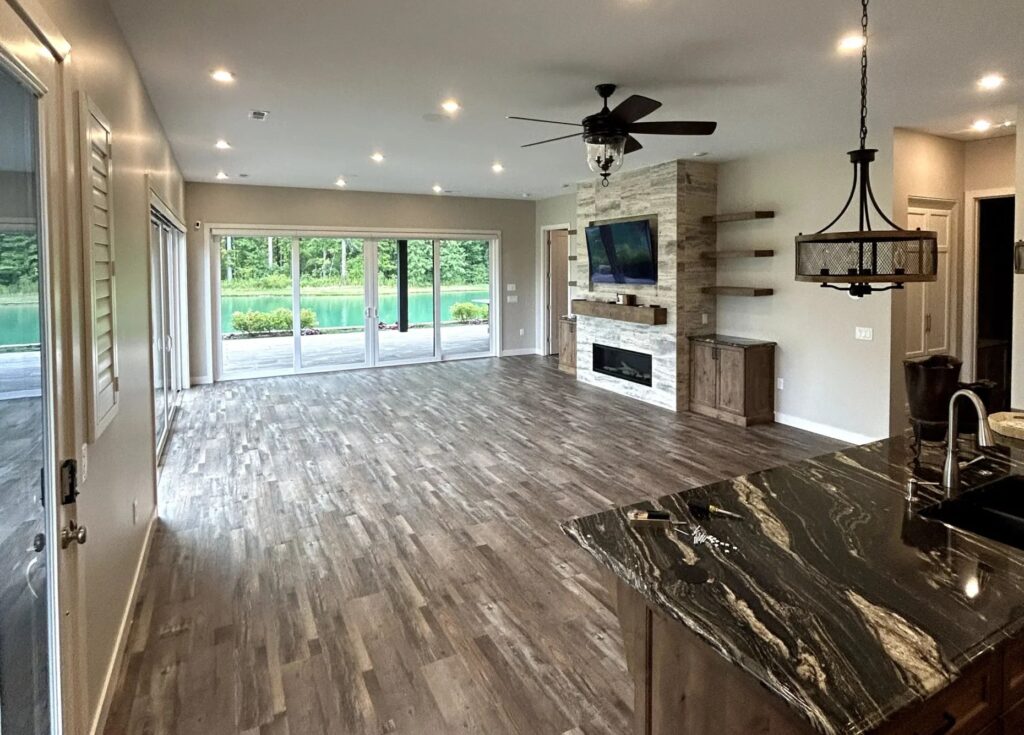
Local Expertise Matters
At Four Seasons Painting Co, we understand that timelines matter, especially when it comes to fast-paced or exterior projects. Our team knows which products perform best under local conditions and how long spray paint really takes to dry across various applications.
We’ve encountered everything from metal railings that dried within 15 minutes under summer sun to wood patio furniture that needed extra drying time due to morning humidity. Knowing the nuances of different surfaces and paints is key to delivering long-lasting results.
Helpful Resources
For more detailed product guidelines, manufacturers like Krylon and Rust-Oleum offer specific drying times and recoating schedules on their websites. You can also explore professional-grade paint suppliers such as Sherwin-Williams for recommendations on spray paint suitable for commercial and residential use.
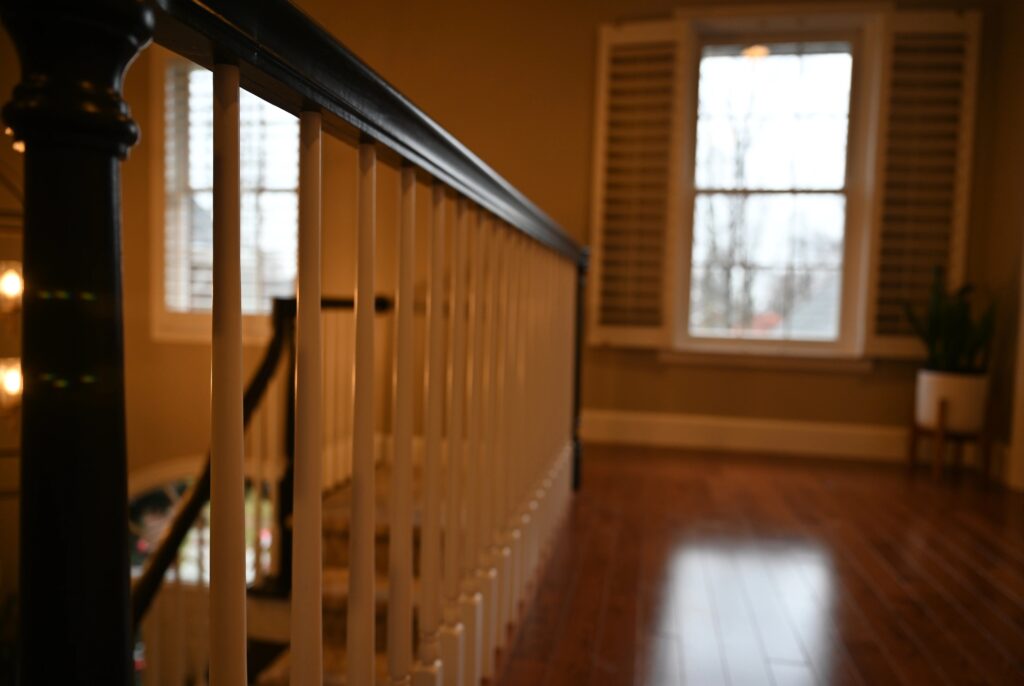
Conclusion
So, how long does spray paint take to dry? The answer isn’t always straightforward, but with the right knowledge, planning, and conditions, you can make confident decisions for any spray painting task.
Understanding drying phases, environmental effects, and product-specific details allows your project to not just look good, but last. If you want consistent, professional results without the guesswork, Four Seasons Painting Co. is here to make sure your project dries beautifully and performs flawlessly.

